Appearance and Characteristics:
Wild Mangosteen tree is a large, fast-growing tree that can reach heights of 50 to 150 feet. It has large, glossy green leaves that form a dense canopy, providing excellent shade. The tree produces small, yellowish-green flowers that give way to its distinctive fruit.
Santol fruits are round and can range from 2 to 4 inches in diameter. They have a thick, leathery skin that can be yellowish or reddish-brown when ripe. Inside, the fruit is divided into two parts: the outer layer, which is firm and sometimes slightly sour, and the inner pulp, which is soft, cotton-like, and juicy. The inner pulp clings to the seeds and is the sweetest part of the fruit. The flavor is a unique combination of sweet and tangy, making it a refreshing and popular fruit to eat fresh or in dishes.
Varieties:
There are two main types of Santol fruit: the yellow variety and the red variety. Both have similar flavor profiles, but the red variety is generally considered sweeter, while the yellow one has a more pronounced sourness.
Uses:
Santol is enjoyed both fresh and in various culinary preparations. The juicy pulp can be eaten as is, often sprinkled with salt or chili powder to enhance the flavor. In Southeast Asian cooking, Santol is used in pickles, jams, and preserves. It is also added to curries, giving a sweet and tangy contrast to spicy dishes. The fruit can also be made into a refreshing juice.
The rind of the fruit is sometimes used in cooking as well, though it is more commonly cooked rather than eaten raw due to its tough texture. In Filipino cuisine, a famous dish called “sinantolan” or “ginataang santol” is made by grating the fruit, sautéing it with onions and spices, and cooking it in coconut milk.
Growing Conditions:
The Santol tree thrives in tropical and subtropical climates with warm temperatures and ample rainfall. It prefers well-drained soil and full sunlight but is adaptable to different soil types. The tree is relatively drought-tolerant once established, though regular watering helps promote healthy growth and better fruit production.
Santol trees are usually propagated by seeds, though grafting is also common to ensure consistent fruit quality and faster fruiting. Seed-grown trees typically take 5 to 7 years to bear fruit, while grafted trees can begin producing fruit in 3 to 4 years.
Care and Maintenance:
Santol trees are relatively low-maintenance once established. They benefit from occasional pruning to manage their size and promote healthy air circulation, particularly in home gardens. Fertilizing the tree with a balanced fertilizer helps improve fruit yield and quality, and mulching around the base helps retain moisture.
Harvesting:
Santol fruits are typically harvested when the skin turns yellowish or reddish-brown and the fruit feels slightly soft to the touch. The fruits can be picked by hand or with the help of poles to avoid bruising. Once harvested, Santol fruits can be stored at room temperature for a few days or in the refrigerator to extend their shelf life.
Conclusion:
The Santol is a delicious and versatile tropical fruit that offers a sweet and tangy flavor enjoyed by many. Its large tree, low maintenance, and multiple uses in cooking make it a popular choice in tropical regions. Whether eaten fresh, added to savory dishes, or preserved as jam, Santol is a delightful fruit that brings a unique taste to the table.

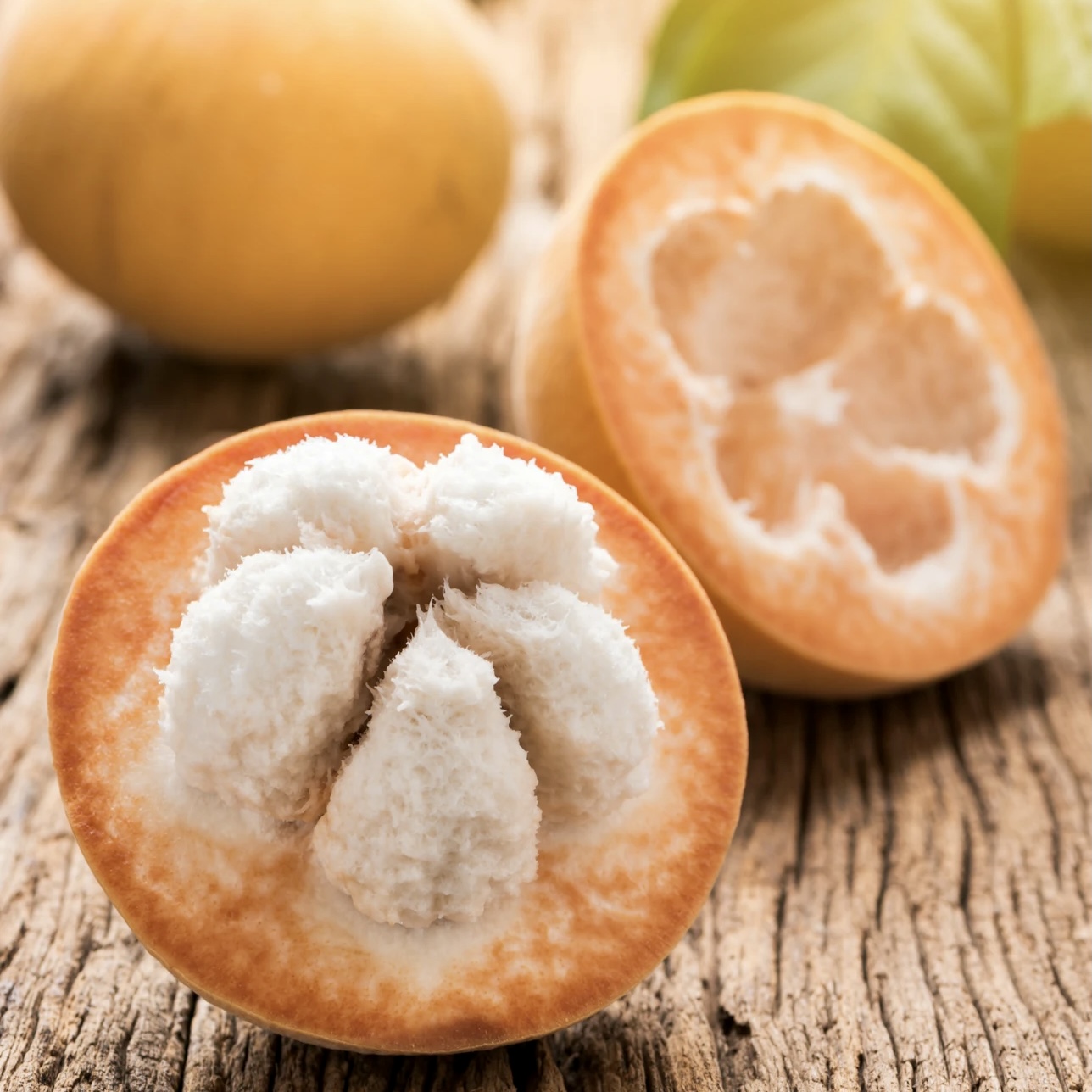
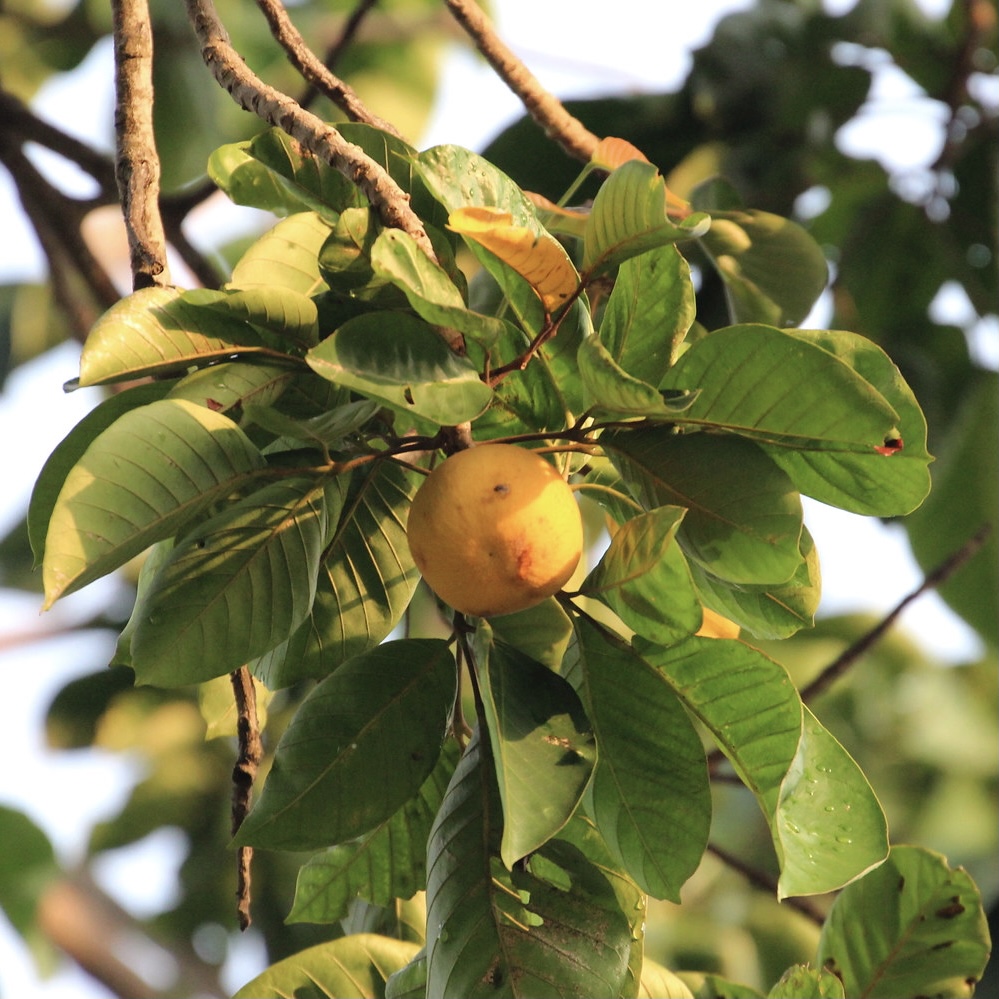
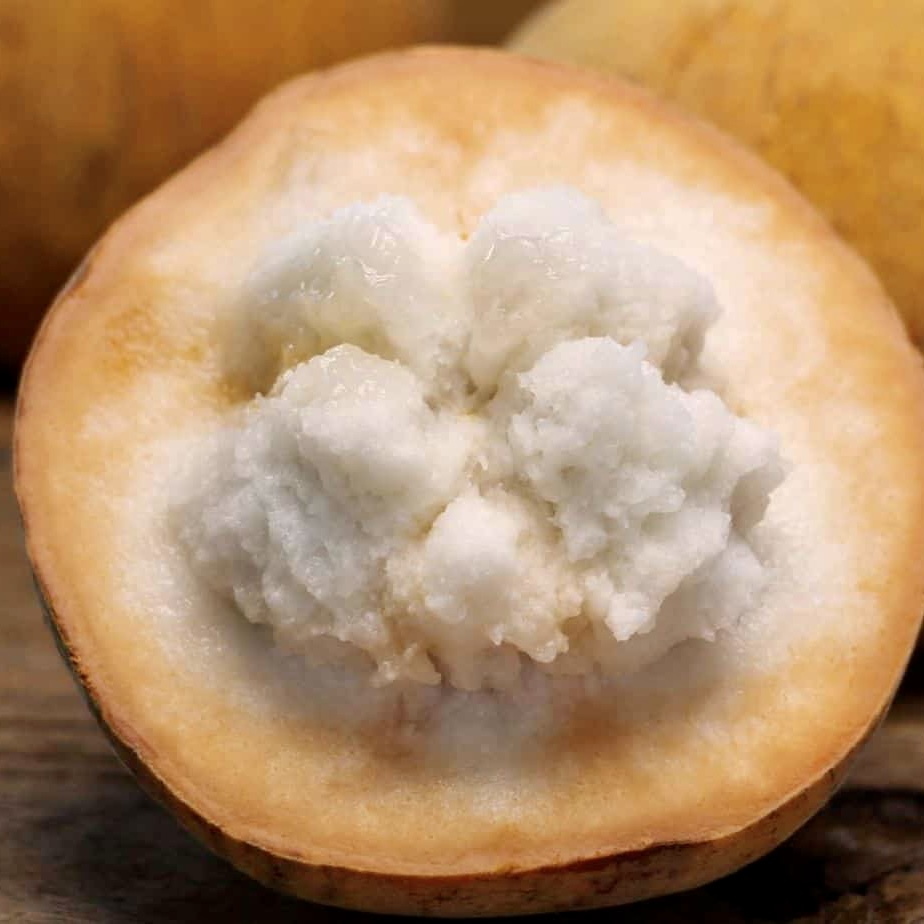
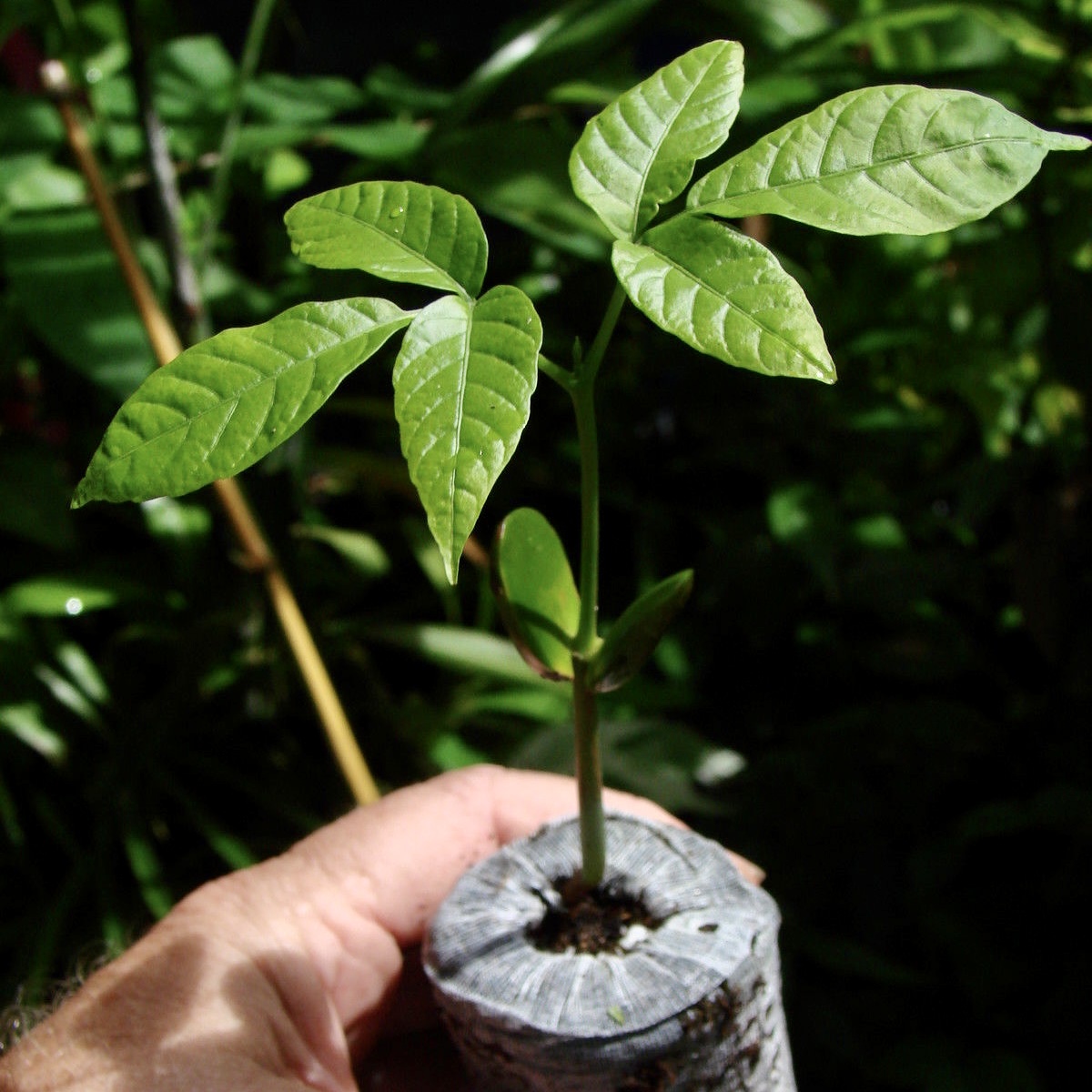

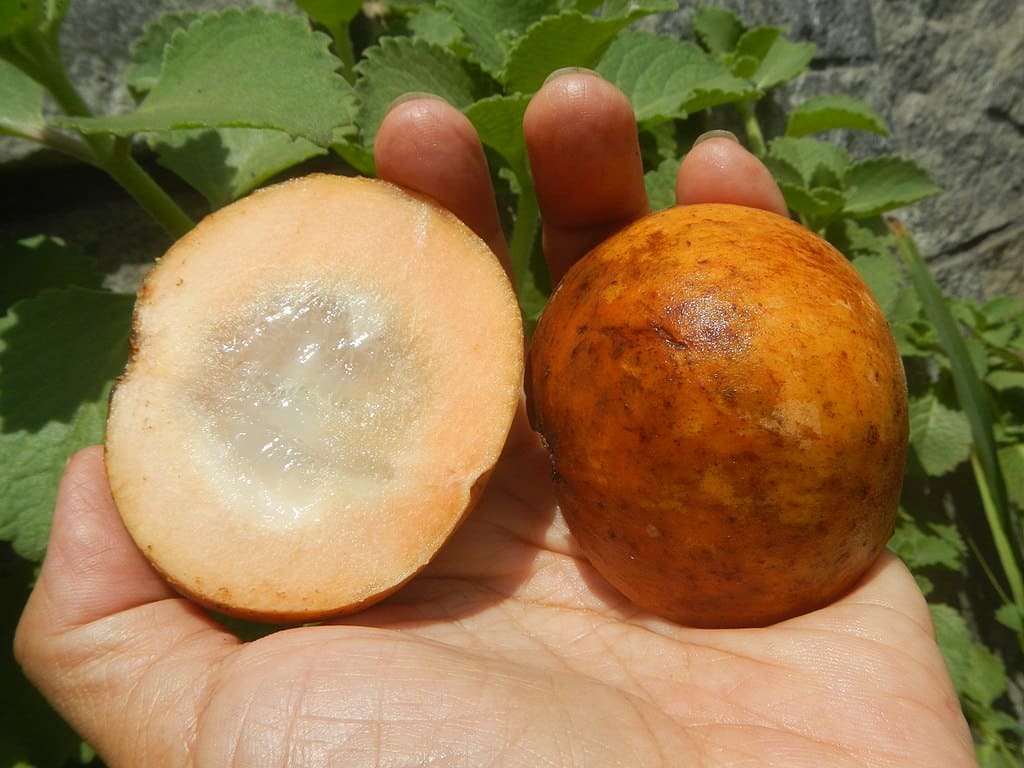

Reviews
There are no reviews yet.